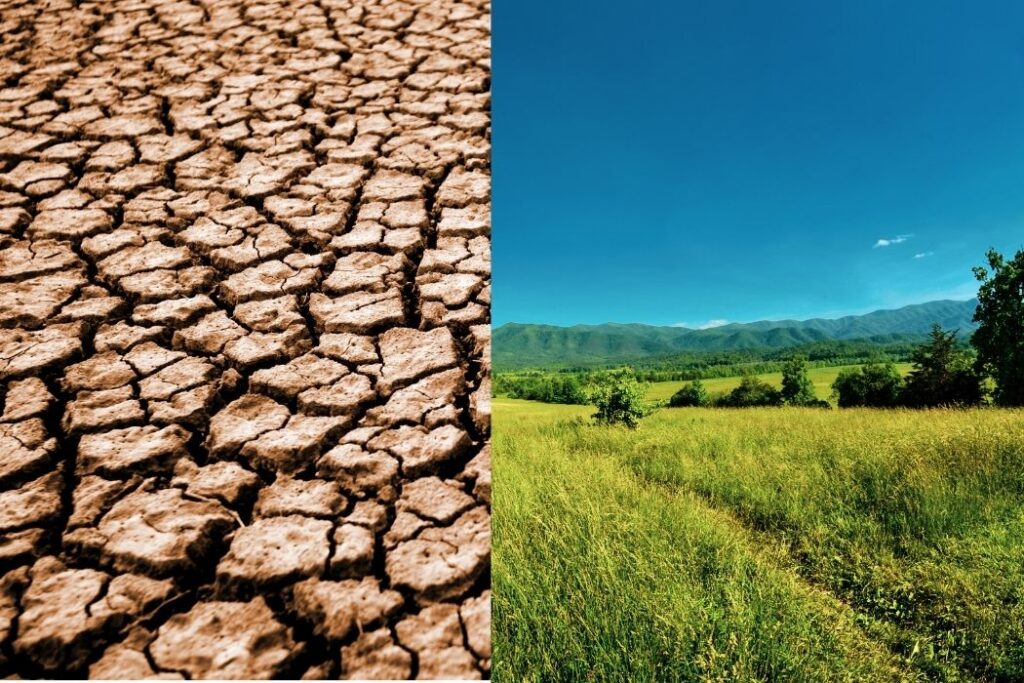Soil Systems, Terrestrial Food Production Systems and Societies Notes
Soil Systems, Terrestrial Food Production Systems and Societies
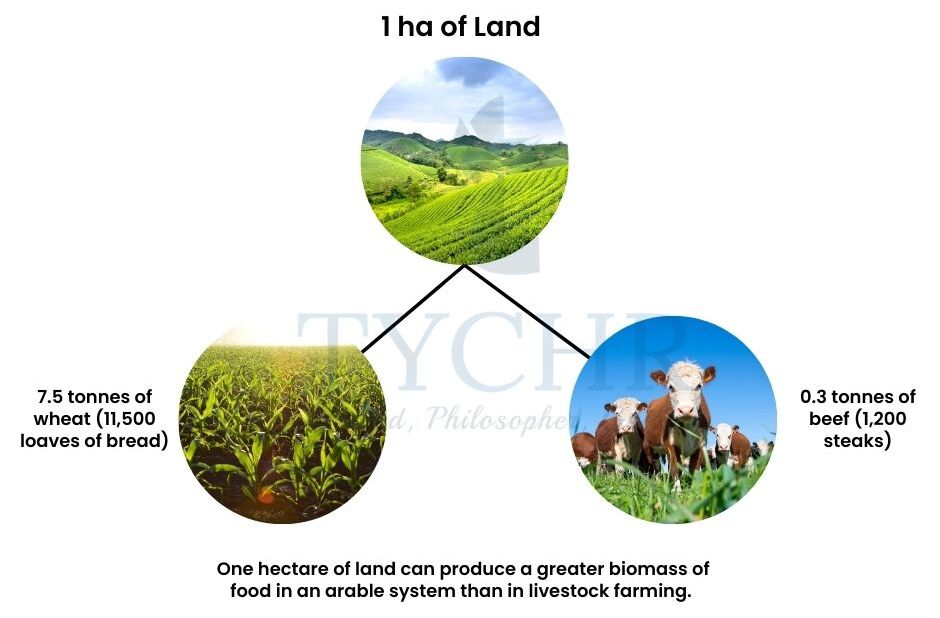
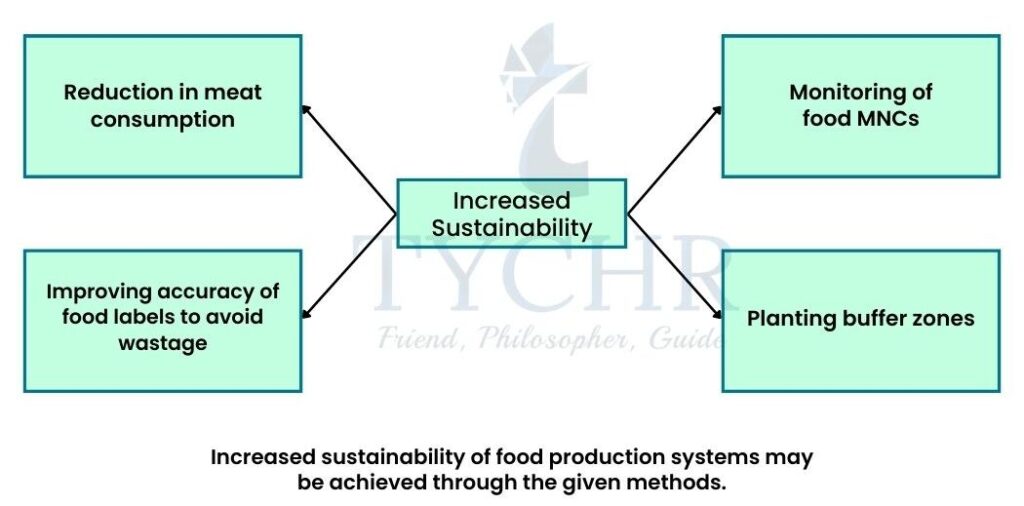
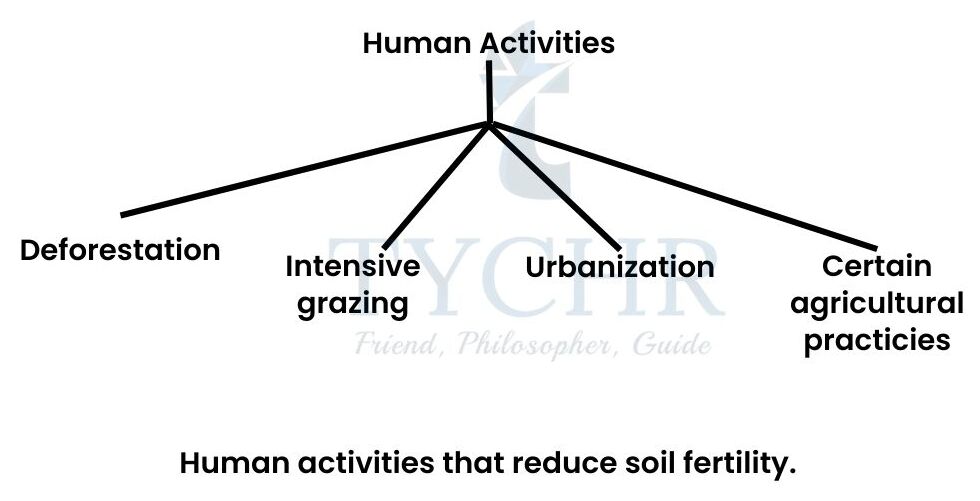
5.1 Introduction to Soil Systems
5.1.1 Soil Profiles
A vertical section through the soil known as a “soil profile” is divided into “horizons,” or layers that are distinct from one another. Despite the fact that earthworm activity may blur the boundaries between horizons, these layers possess distinct physical and chemical characteristics.
5.1.2 Soil Systems
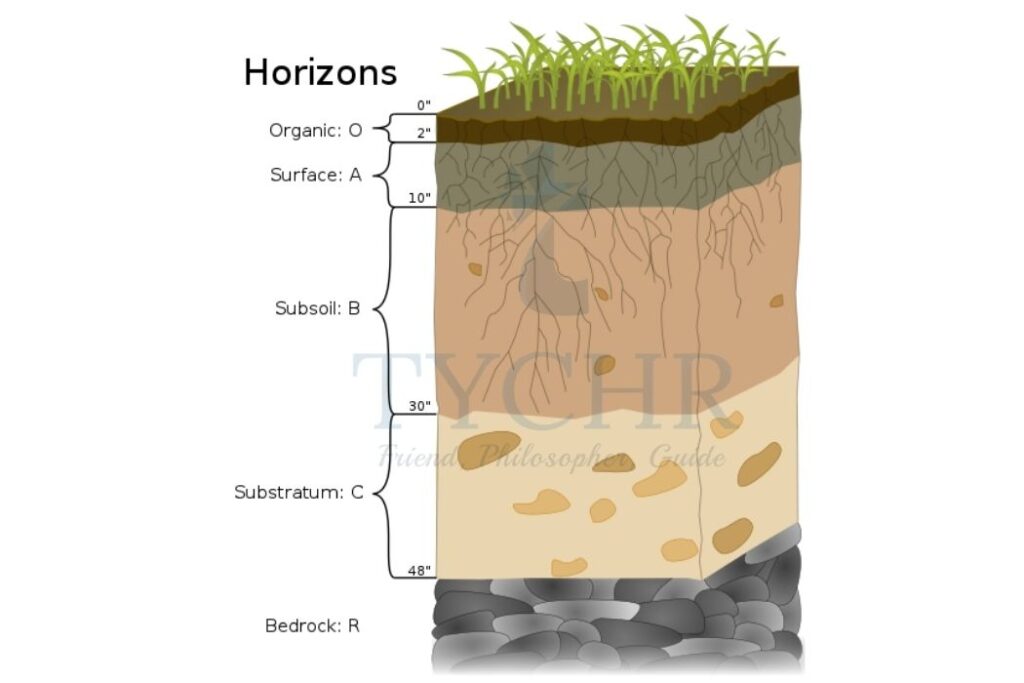
Soils perform a number of vital functions for humans:
- Soils are the medium for plant growth – most foodstuffs for humans are grown in soil.
- They contain an important store of accessible fresh water.
- They filter materials added to the soil thereby maintaining water quality.
- Some nutrients are recycled in the soil as a result of the breakdown of dead organic matter.
o Soil acts as a habitat for billions of microorganisms as well as for some larger animals.
o They provide raw materials in the form of peat, clays, sands, gravels, and minerals.
5.1.3 Soil Forming Processes
Soil-forming processes involve:
- Gains and losses of material to and from the profile
- Movement of water between the horizons
- Chemical transformations within each horizon.
Chemical Transformations
Decomposition | Weathering | Nutrient Cycling |
|
|
|
5.1.4 Soil Structures and Properties
Triangular graphs are used to show data that can be divided into three parts, such as the proportion of sand, silt and clay in a soil. The data must be shown in percentages and the total must add up to 100%. Some advantages of using triangular graphs:
- A large number of data can be shown on one graph
- Groupings are easily recognizable
- Dominant characteristics can be shown
- Classifications can be drawn up.
- Triangular graphs can be difficult to interpret and it is easy to get confused.
Soil Types

The agricultural potential of a soil depends on:
- The porosity and permeability of the soil
- The surface area of the soil peds.
Drainage and Water Holding Capacity
The pore spaces in soil determine the rate at which water drains through a soil. For example, a heavy clay soil can hold twice as much water as a light soil. Light soils, having over 80 per cent sand, are coarse textured and are easily drained of water and nutrients.
Air Spaces
The ideal soil structure is a crumb structure in which peds are small. The soil structural condition can also be measured by its porosity- this determines its air capacity and water availability.
Primary Productivity
The type of soil affects primary productivity. These are:
- Sandy soil- low primary productivity due to poor water-holding capacity and low nutrient status.
- Clay soil- quite low primary productivity due to poor aeration and poor water infiltration.
- Loam soil- high primary productivity due to medium infiltration rate, water-holding capacity, nutrient status, aeration, and ease of working.
Suitability of Soils for Food Production
The main limiting factor for light soils is drought during the growing season because these soils have a poor nutrient- and water-holding capacity. Heavy soils in which theclay content is over 28 per cent are the most difficult for arable cultivation. They are highly water retentive, have low permeability and field drainage is slow.
5.2 Terrestrial Food Production Systems
5.2.1 Sustainability of Terrestrial Food Production Systems
There are a number of factors that influence the degree of dependence on agriculture and the value of agricultural output on the sustainability of terrestrial food production systems. Countries that are heavily dependent upon one or two crops are particularly vulnerable to price fluctuations and poor harvests.
Agriculture in More Economically Developed Countries | Agriculture in Less Economically Developed Countries |
|
|
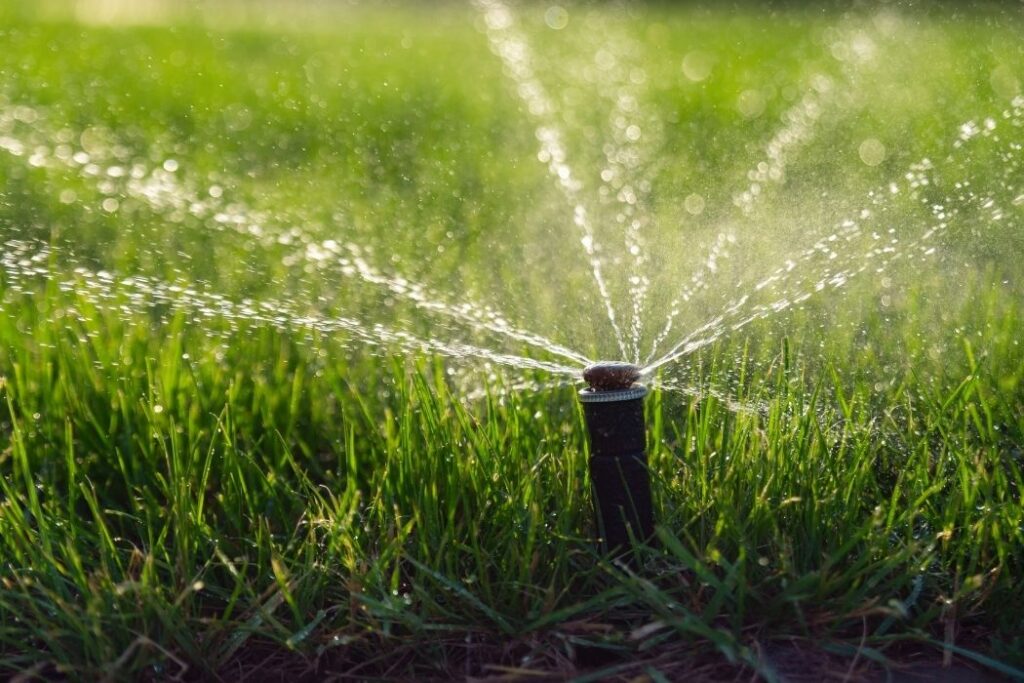
5.2.2 Gaps in Agricultural Sustainability
- Food production systems contribute to global warming because of energy reliability on fossil fuels.
- Fertilisers and pesticides kill insects that eat crops, increasing the overall biomass of crops that are harvested.
- Agriculture currently consumes approximately 3.1 per cent of total global energy; this is divided into 2.5 per cent in MEDCs and 0.6 per cent in LEDCs.
- Steady decline of insects and pollinators
- Use of antibiotics and the threat of spreading diseases in animal pens.
5.2.3 Inequalities in Global Food Supply
- The global distribution of food production is unequal relative to the global distribution of population.
- Around one billion people have insufficient dietary intake and a further billion are overweight.
- Food inequality at an international level- food production is greater in areas that have an adequate water supply and favourable land.
- Food inequality at an intra-national level- production of and access to food are influenced by poverty, accessibility, infrastructure, and conflict.
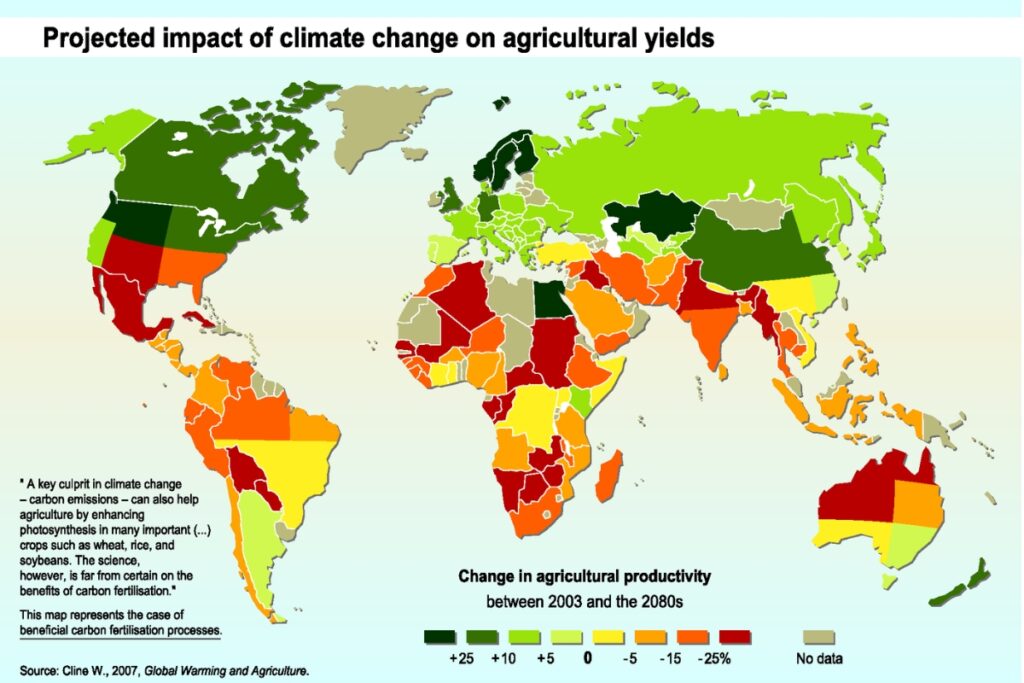
Figure 7 Projected changes in agricultural productivity by 2080 due to climate change.
5.2.4 Food Waste
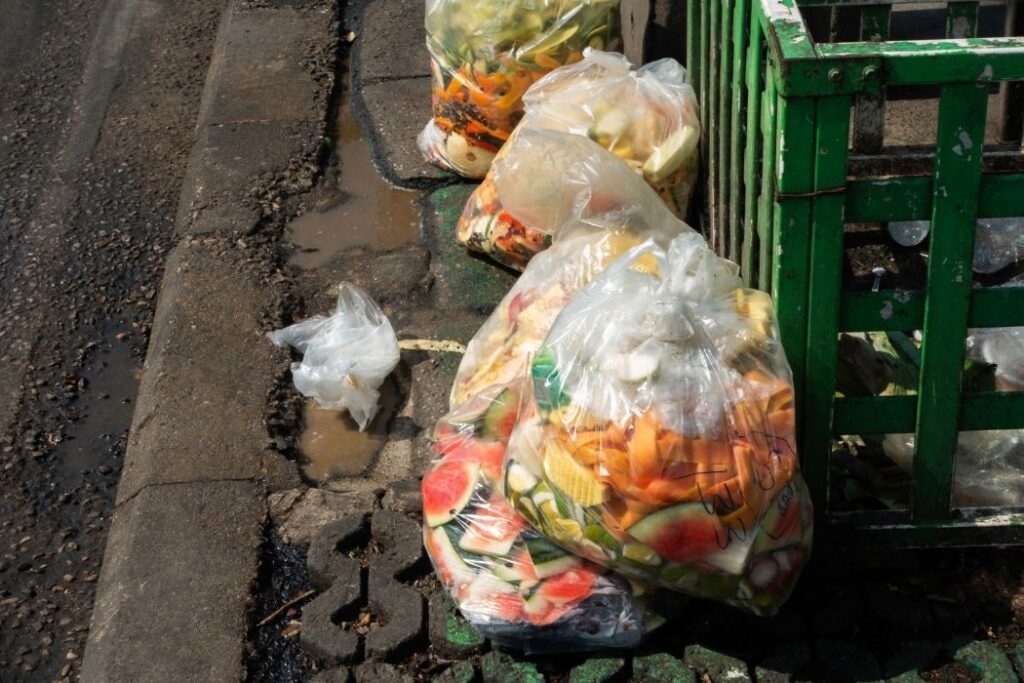
Reasons why food is wasted:
- Failure to meet supermarket standards of appearance.
- Unconsumed food is thrown away from homes. • Water is wasted globally in growing crops that never reach the consumer.
- 20-50 times more water is consumed to produce 1 kg of meat than to produce 1 kg of vegetables. Meat consumers dominate many populations.
- Inadequate storage and distribution.
- Rodent infestation problems.
Food Waste in MEDCs:
- Consumerism, excess wealth, and mass marketing lead to wastage.
- Produce is often wasted through retail and customer behaviour.
- Major supermarkets, in meeting consumer expectations, often
reject entire crops of perfectly edible fruit and vegetables at the farm because they do not meet exacting marketing standards for their physical characteristics, such as size and appearance (aesthetics).
Food Waste in LEDCs:
- At the farmer-producer end of the supply chain, waste is most common.
- Produce is frequently handled incorrectly and stored in unsuitable conditions due to poor infrastructure, inadequate local transportation, and inefficient harvesting.
- Mould and rodents destroy or at least degrade large quantities of food material.
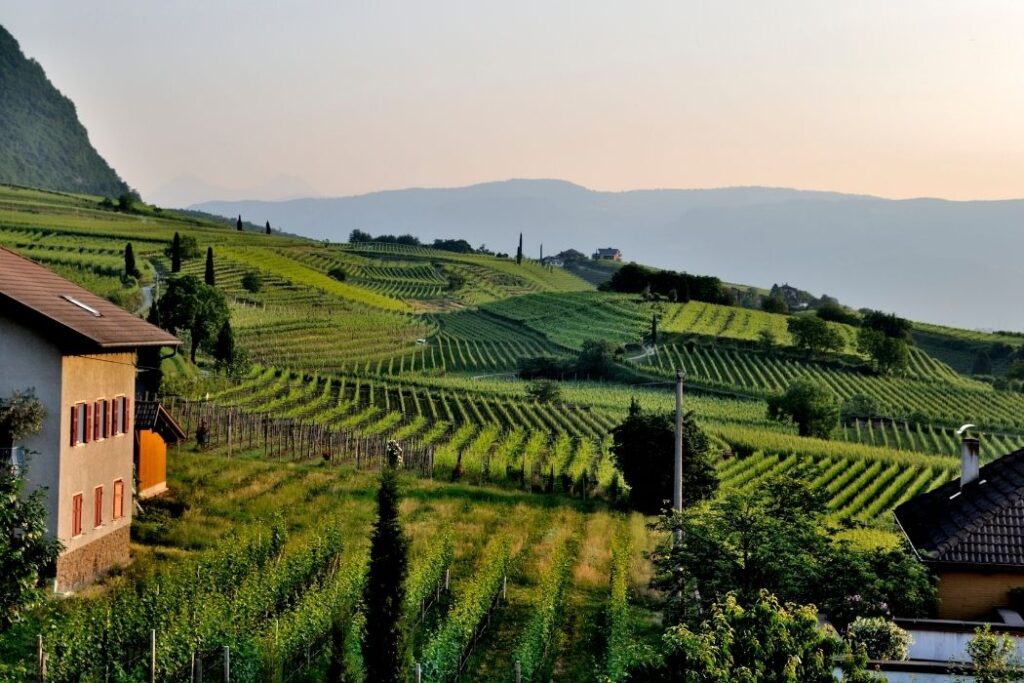
5.2.5 Links between Social Systems and Food Production Systems
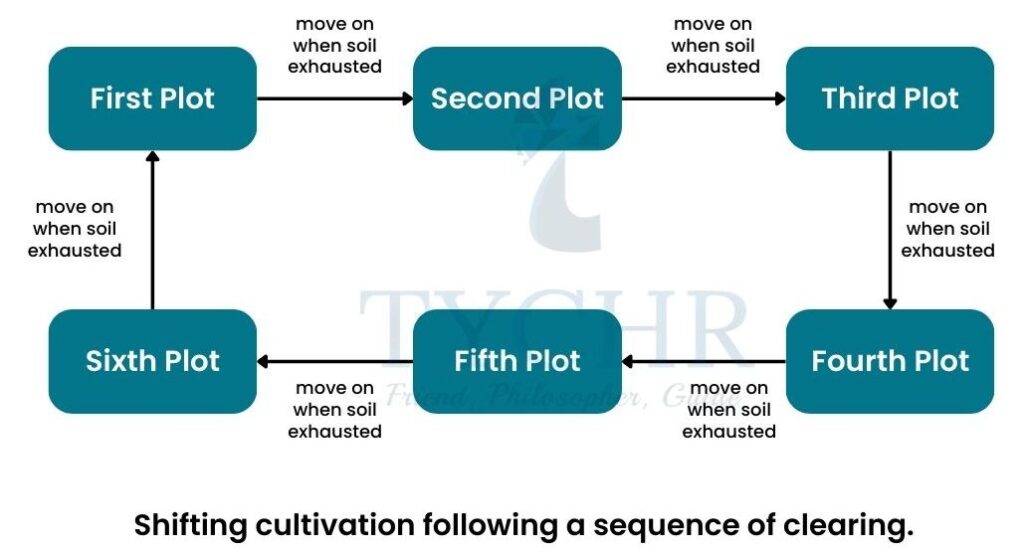
Socio-cultural factors influence tastes and the development of different food production systems:
- Growing concern about animal welfare in MEDCs which has affected the farming methods such as free-range pigs and chickens rather than intensive battery farming
- Educational levels which have lead to new technologies being applied in farming
practices. Eg: Singapore. - Socio-cultural factors such as land ownership, migration patterns, and attitudes to land in general have an impact on how land is used. Native American Indians did not believe that people could own land – they saw land as a communal commodity, so development was limited.
- Environmental constraints (e.g. rainfall, growing seasons, natural disasters, and soil fertility) influence choice of farming practices.
- Economic factors also determine input costs.
5.2.6 Availability of Land for Food Production

With a growing population demanding ever-more land to live on, less land is available to grow crops on. The more land is used for urban development, the less land is available for agriculture.
5.2.7 Efficiency of Terrestrial Production Systems
- The majority of food in terrestrial systems comes from relatively low trophic levels (herbivores and producers).
- Systems that produce crops (arable) are more energy efficient than those that produce livestock. This is because in the former, crops are producers at the start of the food chain and contain a greater proportion of the Sun’s energy than subsequent trophic levels.
- Livestock farming demands extensive land use.
- Societies may decide to harvest food from higher trophic levels because of cultural choices. Milk and meat consumption have increased in some developing nations as income has increased.
- Even though arable farming makes better use of the land, livestock farming is still practised by many cultures. This is influenced by cultural demand and taste.
- As opposed to earthbound frameworks, most food in sea-going frameworks is collected from higher trophic levels where the all out stockpiles are a lot more modest. This is less energy effective than crop creation.
5.2.8 The environmental effects, inputs, and outputs of terrestrial food production systems
- Inputs to food production systems include: fertilisers, water, pest-control, labour, seeds, breeding stock, livestock growth promoters etc.
- Outputs include: pollutants, consumer health, food quality, and quantity of food
- Food production systems frequently release pollutants like: fertilisers, fungicides, antibiotics, hormones, and gases produced by the transportation, processing, and packaging of food, as well as the use of fossil fuels, contribute to further pollution.
- System characteristics: diversity (monoculture versus polyculture).
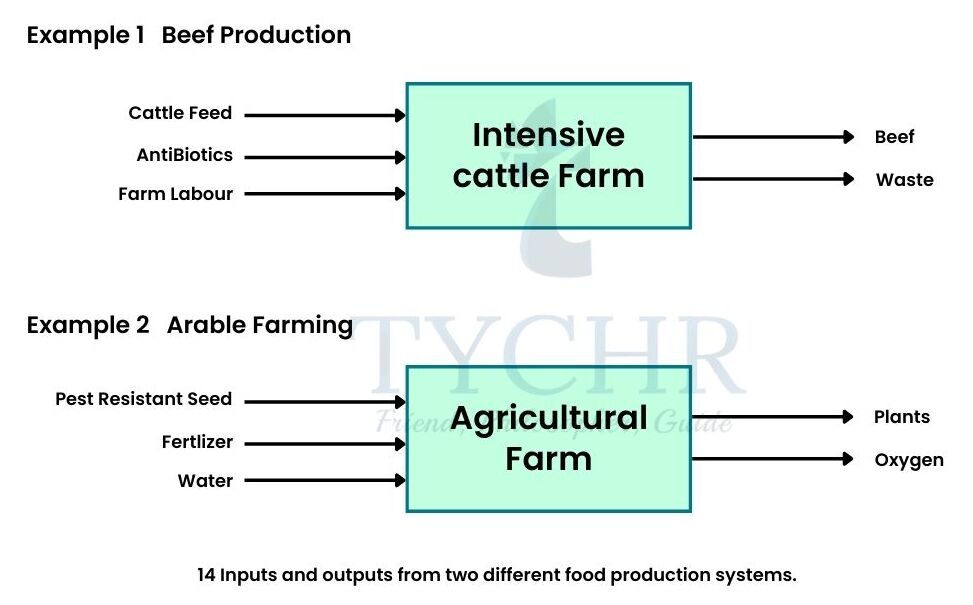
5.2.9 Increasing Sustainability
Increased sustainability may be achieved through:
- Altering human activity and attitudes to reduce meat consumption.
- Increasing consumption of organically grown, seasonal, and locally produced food products.
- Planting of buffer zones.
- Making food labels more accurate so that consumers can make better food choices.
- Governmental and intergovernmental bodies monitor and control the standards and practices of national and multinational food corporations.
5.3 Soil Degradation and Conservation
5.3.1 Soil Ecosystems
- Fertile soils develop over a long time. The amount of time required for soil formation varies from soil to soil. Organic matter is a basic component of soil although the influences of biotic factors range from microscopic organisms or bacteria to humans.
- Some influences are indirect, such as interception of precipitation by vegetation and the reduction of precipitation via evapotranspiration.
- Others are direct, such as the release of humic acids by decaying vegetation or the return of nutrients to the soil via litter decay (humification). Animals too have an effect on soils. Earthworms alone represent 50–70% of the total weight of animals in arable soils.
5.3.2 Reduced Soil Fertility
Soil degradation and erosion are the decline in the amount and quality of a soil. Soil degradation leads to a reduction in soil fertility. It can be caused by overgrazing, over-cultivation, deforestation, excessive irrigation, removal of hedges and windbreaks.
5.3.3 Results of Reduced Fertility
Fertile soils are considered to be a non- renewable resource. This is because the rate at which they are being degraded and
lost is faster than the rate at which they are being formed. The formation of a layer of 30 cm of soil takes between 1000 and 10,000 years.
5.3.4 Soil Conservation Methods
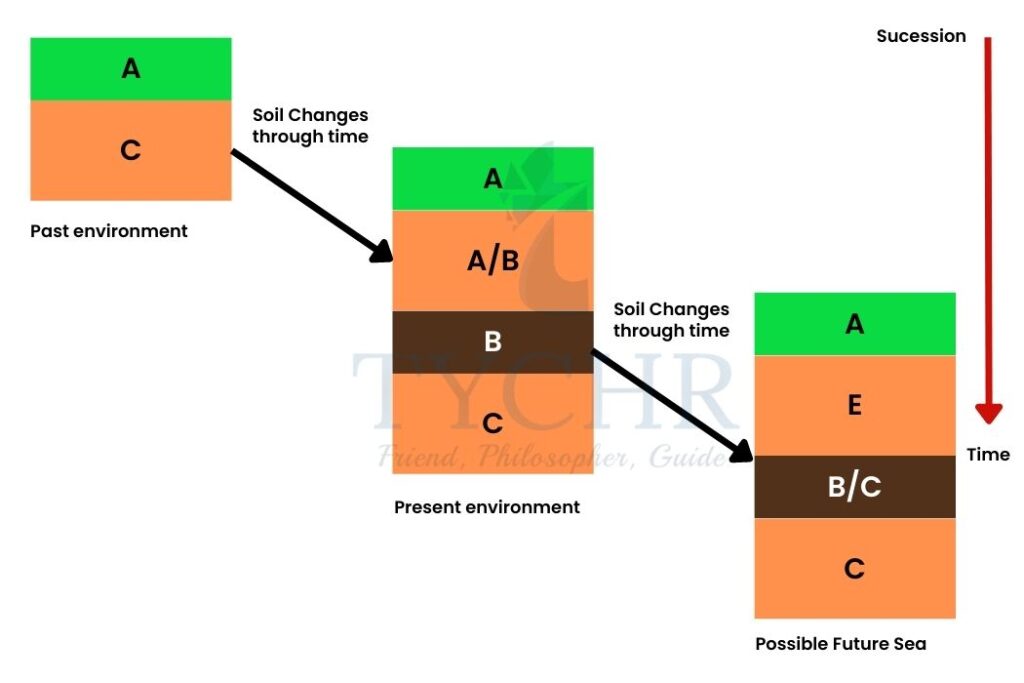
Method of Conservation | Action involves |
Revegetation |
|
Measures to stop bank erosion |
|
Measures to stop gulley enlargement |
|
Crop management |
|
Slope run-off control |
|
Erosion prevention from isolated sources like roads and feedlots |
|
Suppression of wind erosion |
|
Avoid use of marginal land |
|
5.3.6 Soil Conservation Measures in a Subsistence Farming System
Case Study
- The Kikuyu are a tribe in Kenya that practice bush fallowing, which involves clearing an area of forest or “bush”.
- Farmers may burn some of the trees to provide fertile ash for the soil. The ash contains the nutrients that were contained in the trees.
- On the cleared land the farmers grow crops such as maize and sweet potatoes. The plot loses its fertility after a few years and is abandoned.
- The farmers move to a new plot and the process starts over again. The abandoned plot may return to forest or bush after a number of years.
- In this way, the Kikuyu are able to produce food, and the soils are able to recover over a long period of time.
Let’s Revise
- Soil fertility- the ability of a soil to enable plant growth.
- Toxification- the decline in soil quality (fertility) due to a build-up of chemicals in the soil.
- Salinization- an increase in the amount of salts in the upper soil horizons.
- Desertification- the spread of deserts into areas previously fertile and productive.

